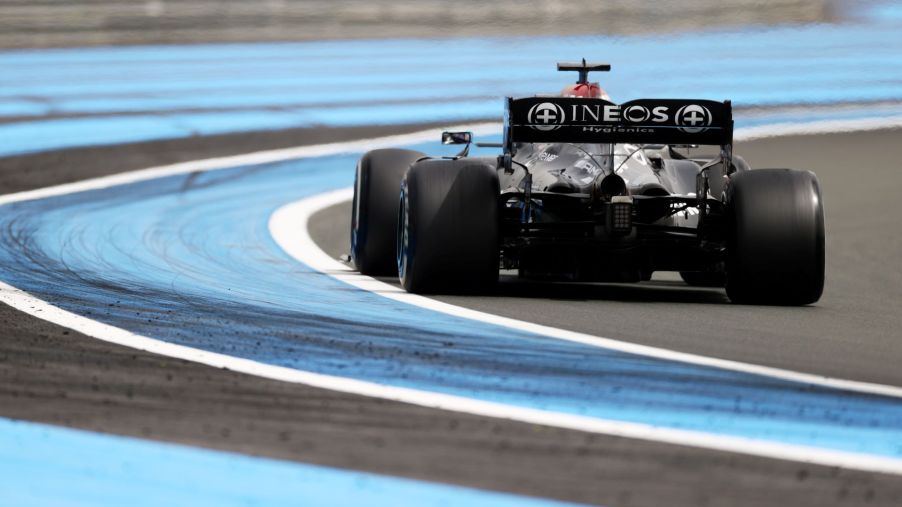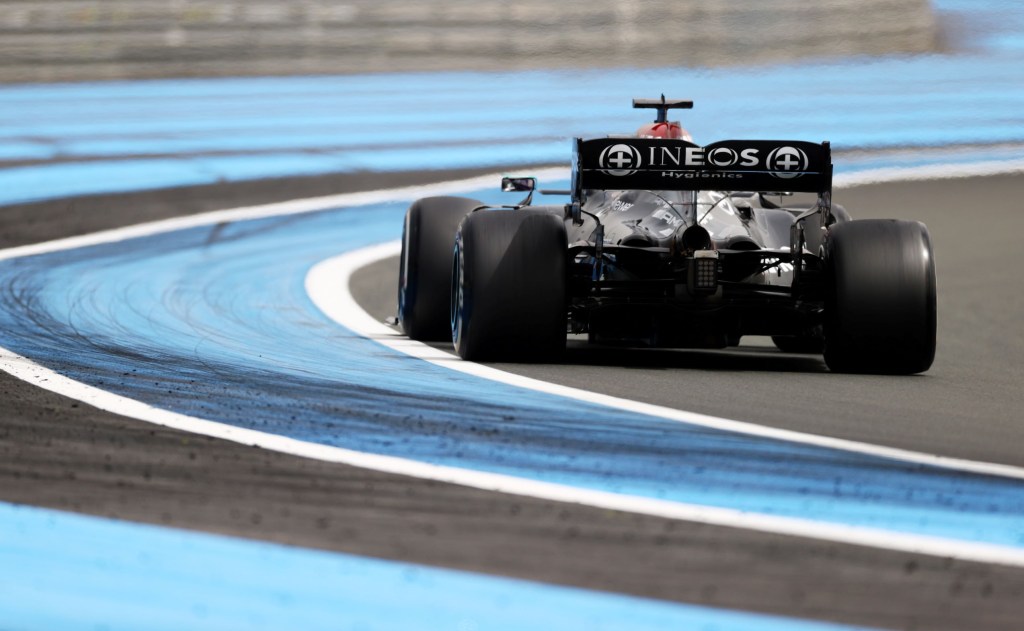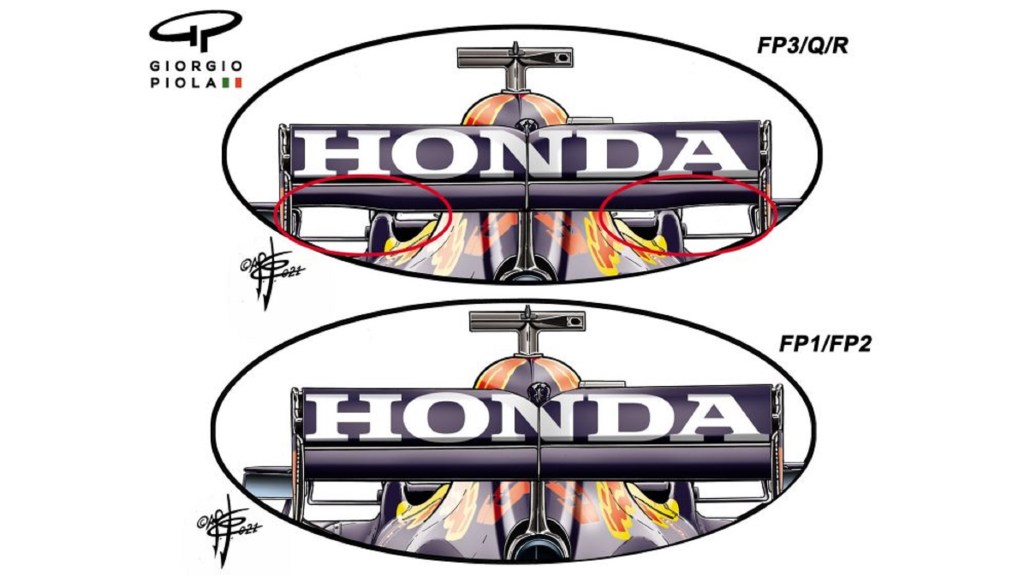
How Wings Will Decide Who Wins the 2021 F1 Championship Battle
A Formula 1 car only succeeds at racing when its multitude of parts work in harmony. From the tires to the various electronics, everything shapes how well the race car does in the F1 Championship. And sometimes, small changes can make for significant results. We’re seeing that play out right now with F1 wings.
Do F1 wings work like the ones on road cars?

As complicated as F1 cars are, not every racing demand requires a high-tech and/or electronic solution. That even includes the race cars’ aerodynamic elements, such as the rear wings. True, F1 cars do have some active aero features, such as the drag-reduction system. But at a very basic level, an F1 wing is designed to do the same thing as a road car wing. And that ‘thing’ is controlling airflow.
As air flows over a car—any car—it speeds up to match the air flowing under the car. This creates a low-pressure zone behind the car, causing lift. That’s great for airplanes, which fly via this phenomenon, but bad for cars. And it’s especially problematic for rear-wheel-drive cars, like the ones in F1, because that reduces traction and acceleration.
F1 cars, like road cars, address this issue using rear wings. F1 wings, like road-car ones, are essentially upside-down airplane wings, Automobile explains. When the air going over the car’s roof hits the wing, some goes over and some goes under. The wing’s shape means the air going under has to speed up, generating a smaller low-pressure zone. It’s lift, but in the opposite direction—aka ‘downforce.’
However, F1 wings have the same downsides as the ones road cars use. Firstly, boundary-layer separation at the rear limits how much air the wing ‘sees.’ That’s why F1 cars also have vortex generators that improve airflow to the wings. And secondly, while rear wings generate downforce, they also increase drag, which slows the car down.
This brings us to the aero battle that’s being played out over the 2021 F1 Championship.
Flexi or multi-part, rear wings have a major role in 2021 F1 Championship strategies

The rear wings on F1 cars are part of a comprehensive aero package that includes things like vortex generators and front canards. And F1 aero kits change annually, based on rule changes and competitive experience. However, F1 teams also regularly swap out these aero features as the situation demands. And the recent Portuguese Grand Prix was indeed demanding.
As noted earlier, wings create more drag as they make downforce. But if the F1 team is OK with less downforce, the mechanics can fit a different wing. A wing with a shallower angle and/or differently-shaped fins makes less downforce, F1 Technical notes. But it also makes less drag. And that means more straight-line speed.
This is exactly what the Mercedes team did at the Portuguese GP, Motorsports explains. Lewis Hamilton’s car had a lower-downforce wing that let him speed by his Red Bull rival, Max Verstappen. However, while the tactic worked, it also kicked off an F1 wing-off of sorts.
Following the Portuguese GP, the Red Bull F1 team swapped wings throughout the Spanish GP. The team used a high-downforce wing for qualifying and a lower-downforce one during the actual race. This tactic let the team get a solid qualifying time and more speed during the race, not to mention less rear-tire wear.
Unfortunately, the second wing flexed so much that Mercedes accused Red Bull of violating F1 regulations. After all, a downward-deflecting wing makes even less drag. Red Bull fired back by accusing Mercedes’ front wings of the same, Autoweek reports. The F1 organizers resolved this by instituting new, tougher testing procedures for the subsequent French GP.
The 2021 season is entering its second act soon
Although the ‘flexi wing’ issue has seemingly been addressed, the 2021 F1 Championship isn’t over. The next race on June 27th, 2021, is the Styrian GP in Austria. And there, the teams’ aero strategies will be pitted against each other again. But there are still 14 more races after that.
Just goes to show, when it comes to F1, you can’t just wing it.
Follow more updates from MotorBiscuit on our Facebook page.


